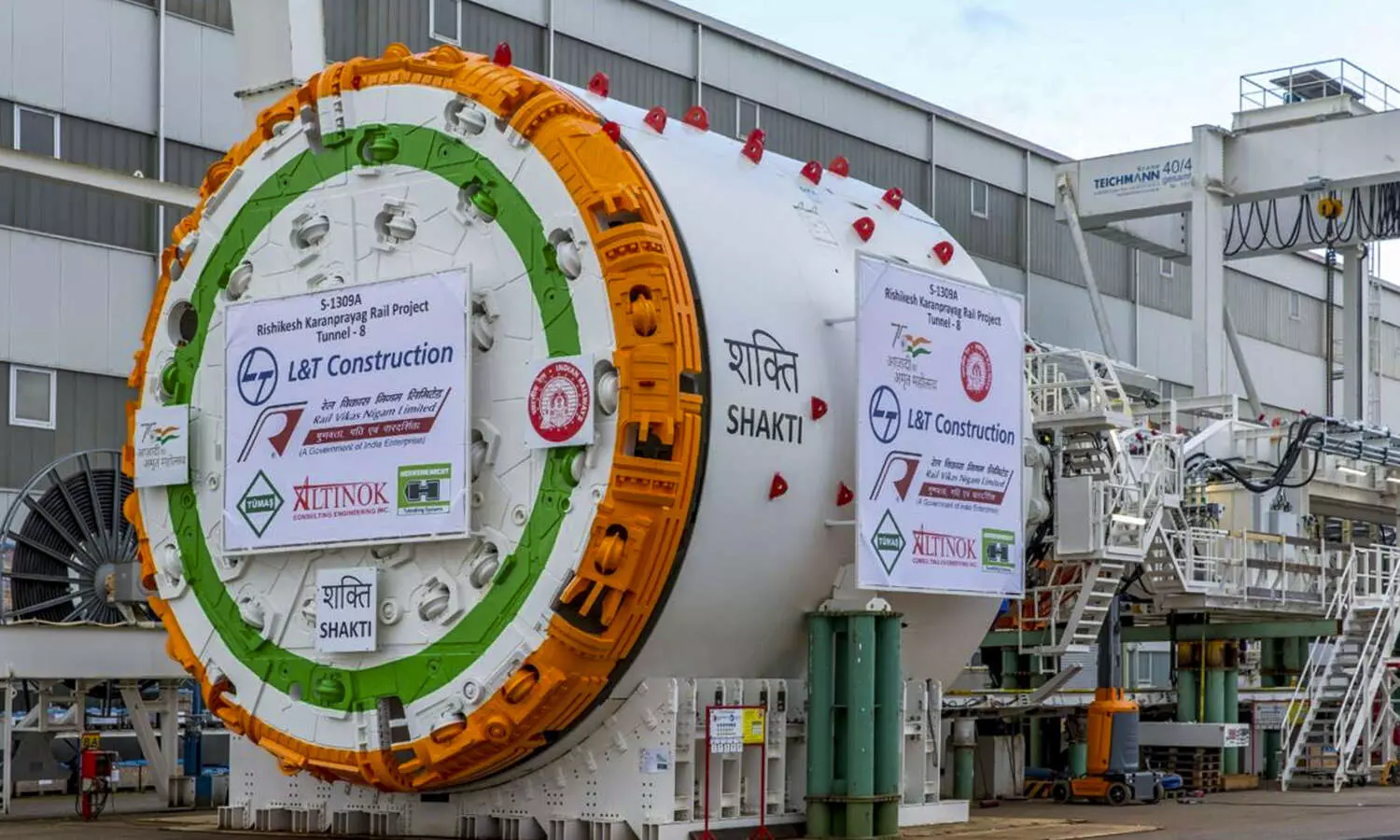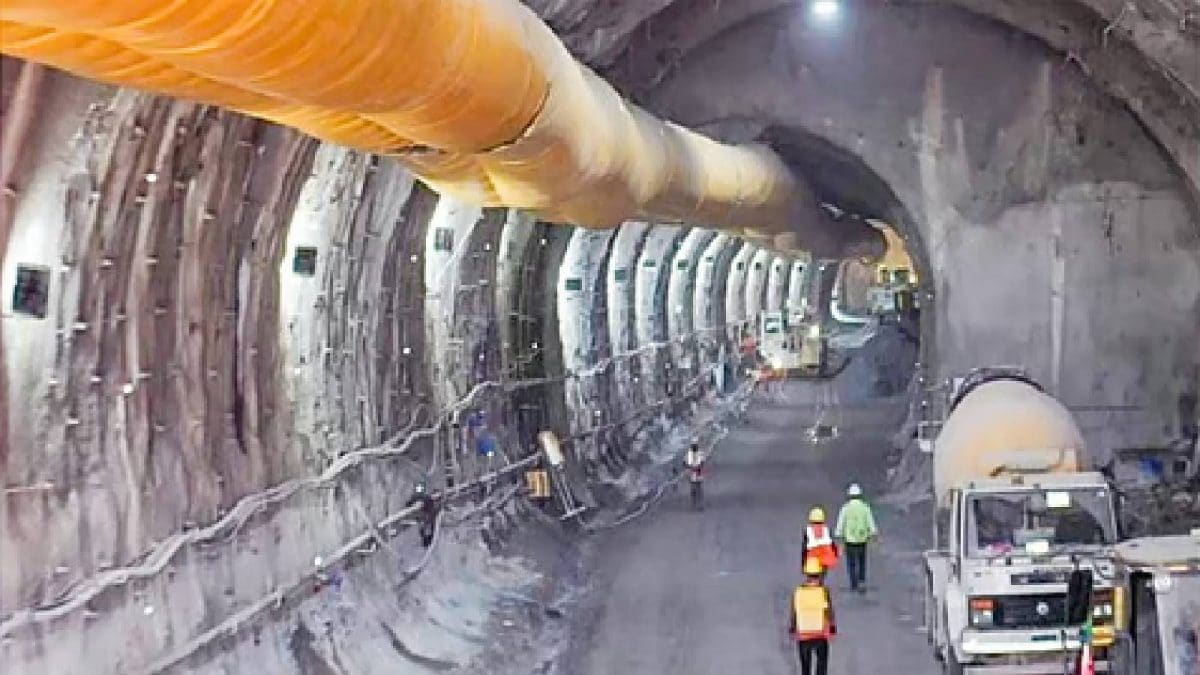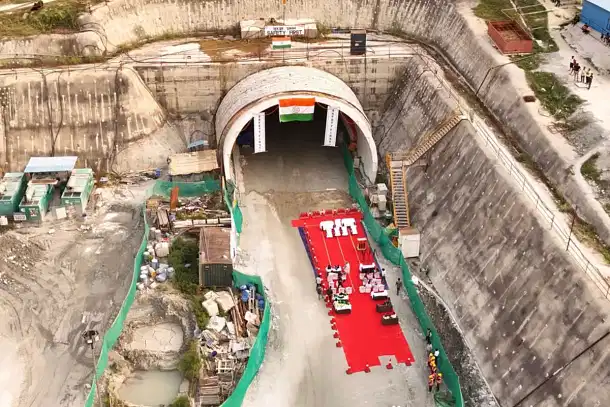India has achieved a historic milestone in rail infrastructure with the completion of its longest rail tunnel — a 14.57 km stretch between Devprayag and Janasu — ahead of schedule. The tunnel, part of the 125-km Rishikesh-Karnaprayag Rail Link Project, promises to transform connectivity in Uttarakhand’s Himalayan terrain and is targeted for commissioning by December 2026.
A Feat of Grit and Engineering Precision
The breakthrough was powered by sheer determination and advanced technology. Two veteran tunnel boring machine (TBM) operators, Baljinder Singh and Ram Avtar Singh Rana, led the effort under treacherous conditions.
At one point, a massive landslide blocked the TBM deep inside the mountain. Singh recalled pushing the machine to an extraordinary 1.3 lakh kilo Newtons of force—far beyond its usual range—to clear the debris. “For a moment, we feared the project might collapse altogether,” he admitted.
Rana, working alongside Singh, described how the team toiled for nearly 10 days in 12-hour shifts without pause. “Stopping even for a few minutes could have been disastrous. When the blockage finally cleared, the relief was overwhelming,” he said.
Technology at the Core
The tunnel was excavated using ‘Shakti’, a German-made TBM stretching 140 meters in length and armed with a 13.75-metre cutter head fitted with 55 discs. Its precision cutting, combined with simultaneous civil stabilization, reduced the risk of collapse in the fragile Himalayan geology.

According to officials from Larsen & Toubro (L&T), this was the first time such machines were deployed for a railway project in the Himalayas, marking a major technological leap. Until now, TBMs were largely used for metro and hydroelectric projects.
Parallel Breakthroughs and a World Record
While Singh and Rana achieved the upline breakthrough on April 16, 2025 — 12 days ahead of schedule — another team comprising Chandrbhan Bhagat and Sandeep Mishra completed a 13.09 km downline tunnel on June 29, 2025.
Together, the teams even set a world record, advancing 790 metres in just 31 days using another TBM, aptly named ‘Shiv’.
One of India’s Most Challenging Projects
In total, the Rishikesh-Karnaprayag Rail Link involves 30 km of tunnelling, including escape routes and cross-passages. Around 70 percent of the tunnelling has been done using TBMs, with the rest via the New Austrian Tunnelling Method (NATM).

When completed, this ambitious project will not only boost tourism and connectivity in Uttarakhand but also reduce travel time drastically, while enhancing safety in the disaster-prone Himalayan region.
L&T officials call these twin tunnels the “biggest highlight” of the entire project — a project that now stands as a testament to India’s growing expertise in world-class infrastructure development.

